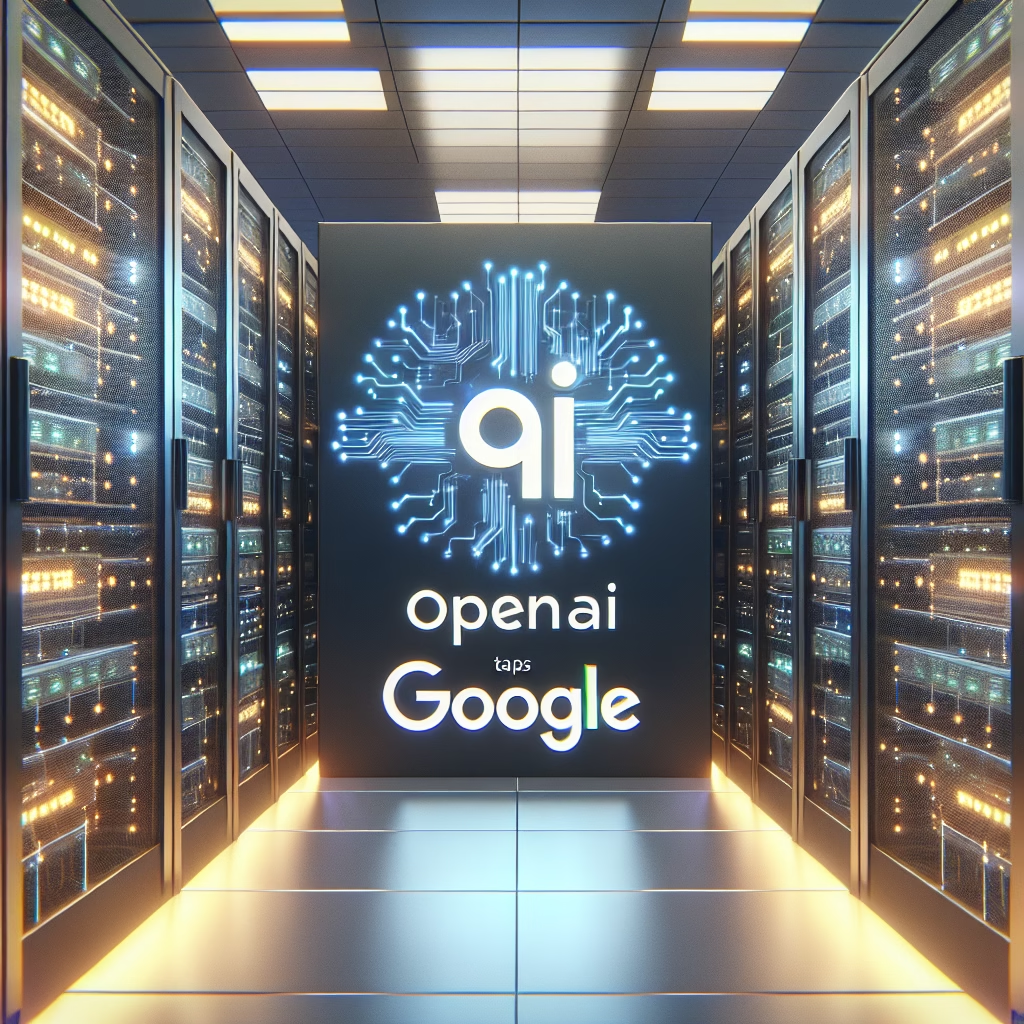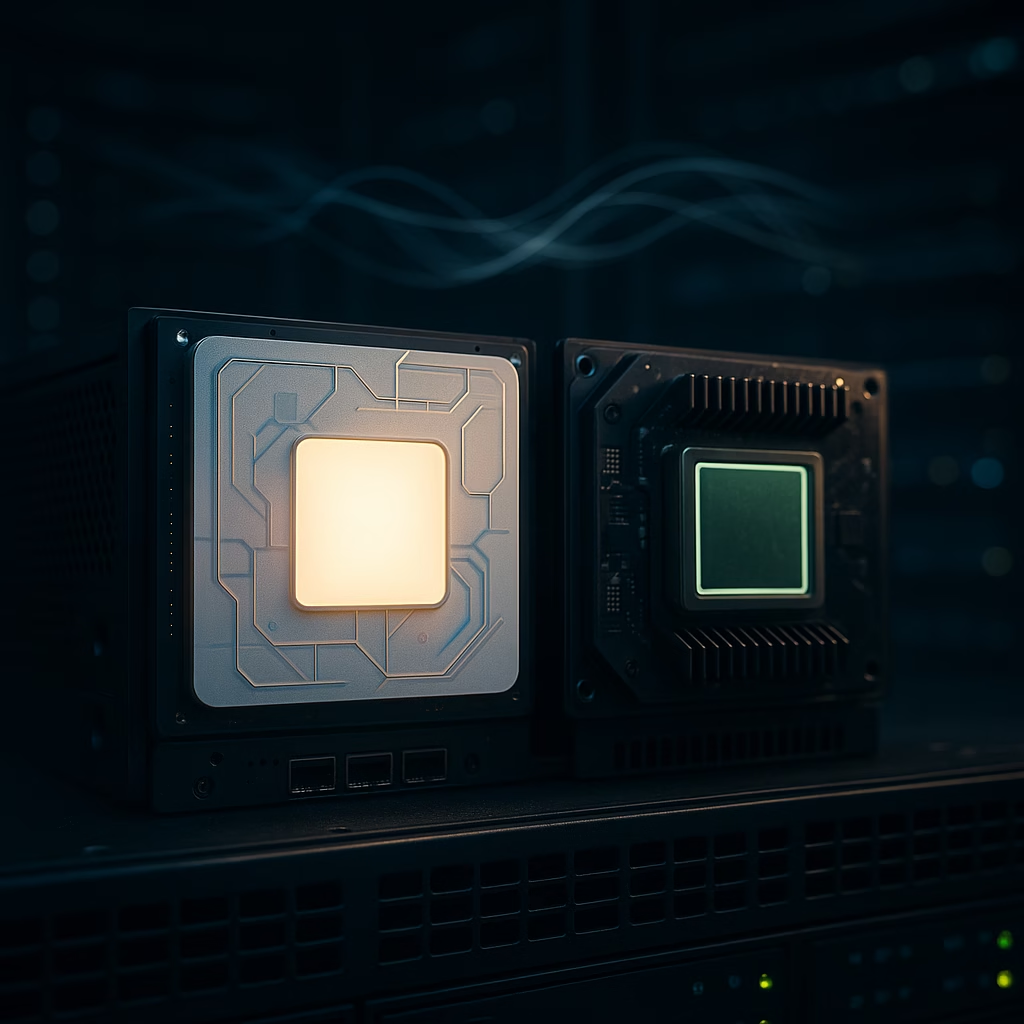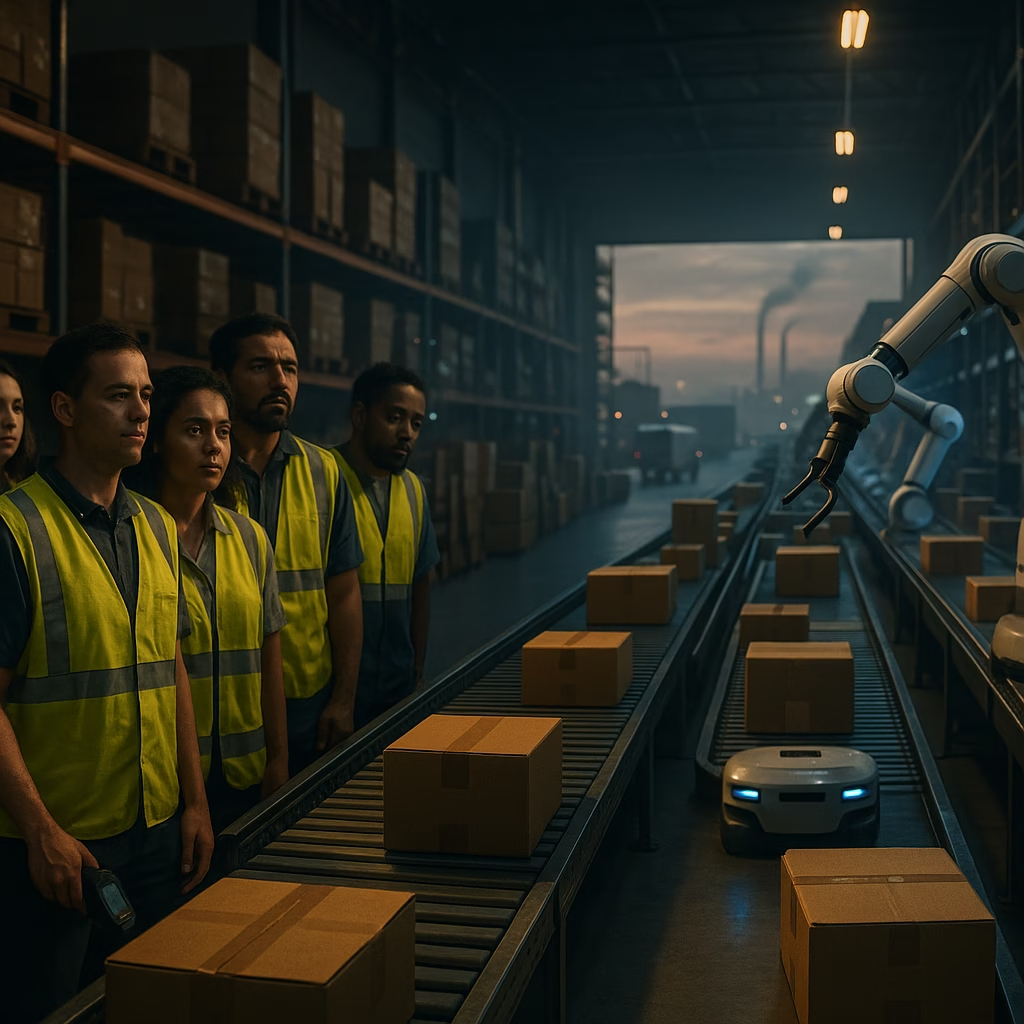OpenAI Taps Google AI Chips: A Strategic Shift in the AI Arms Race
OpenAI Expands Its AI Horizons With Google’s TPU Chips
In a strategic move that’s turning heads across the tech world, OpenAI is now leveraging Google’s artificial intelligence (AI)-focused hardware—specifically its Tensor Processing Units (TPUs)—to power its state-of-the-art AI models. This marks a notable shift for the ChatGPT creator as it diversifies its hardware partners and scales up its infrastructure amid intensifying competition in the AI space.
While OpenAI has primarily relied on Microsoft’s Azure cloud infrastructure—powered by NVIDIA’s GPUs—for model training and inference, the new partnership with Google expands OpenAI’s backend toolkit. This move signifies not just a diversification of hardware resources, but also a calculated play in a rapidly evolving AI ecosystem.
Understanding OpenAI’s Hardware Strategy
AI model training, particularly large language models like GPT-4, demands immense computational power. Until recently, OpenAI had been exclusively dependent on Microsoft’s Azure platform for both computational resources and cloud hosting capabilities. Azure, in turn, relies heavily on NVIDIA’s A100 and H100 graphics processing units (GPUs), which are considered the gold standard for machine learning workloads.
Now, OpenAI is tapping into Google’s TPU v5e chips—a specialized type of accelerator designed by Google to enable faster, more efficient AI training and inference tasks. This partnership signifies a departure from a single-cloud strategy and a shift towards a **multi-cloud, multi-chip ecosystem**.
Why Google’s TPUs?
OpenAI’s decision to incorporate Google’s TPUs into its infrastructure is driven by several strategic and performance-related motivations:
- Scalability: TPUs are built to handle massive workloads, helping OpenAI meet growing demand without bottlenecks.
- Cost Efficiency: TPUs are designed for high performance at a lower cost point per FLOP (floating point operation), which can make large-scale inference more cost-efficient compared to NVIDIA GPUs.
- Diversification: Relying too heavily on a single hardware provider puts AI companies at risk in case of supply constraints or pricing variability.
Industry Context: A Heated AI Arms Race
The move comes amid intense industry competition to build, deploy, and monetize large-scale language models. Companies such as Meta, Amazon, Google DeepMind, and Anthropic are all investing heavily in AI innovation and infrastructure. Driven by rapidly advancing use cases in areas from customer support to content generation, the demand for compute power is skyrocketing.
In this landscape, infrastructure optimization becomes a key differentiator. By using both NVIDIA GPUs and Google’s TPUs, OpenAI can tailor hardware choices based on specific models, workloads, and cost-performance parameters.
Microsoft and Google: Rivals Turn Accidental Collaborators?
Interestingly, the move places Microsoft and Google—fierce cloud and AI rivals—on opposite ends of the same AI pipeline. Microsoft remains OpenAI’s biggest investor, with a multibillion-dollar partnership in Azure hosting. Meanwhile, Google, through its TPU hardware offering, now supports a foundational component of OpenAI’s compute mix.
This paradoxical situation showcases how, in the AI world, even bitter competitors can become inadvertent partners under certain conditions. It’s a reminder of the high-stakes game being played and the complex web of interdependencies fueling the next generation of AI.
What This Means for the Future of AI Infrastructure
OpenAI’s hardware diversification strategy is a clear signal that the AI infrastructure landscape is transforming. Several key trends are emerging from this move:
- Multi-Cloud Strategies Are Becoming the Norm: To avoid vendor lock-in and reduce risk, leading AI firms are increasingly opting for cloud-agnostic architectures.
- ASICs and TPUs Gaining Ground: While NVIDIA remains dominant, alternative chips like Google’s TPUs and Amazon’s Trainium and Inferentia are carving out a growing share of the AI infrastructure market.
- Performance Per Watt Is Now a KPI: Energy efficiency is becoming a critical metric, particularly for inference at scale. Specialized chips like TPUs offer advantages in this space.
Potential Implications for OpenAI
This strategy could offer several distinct benefits for OpenAI in the medium- to long-term:
- Faster Product Iterations: More compute power enables faster training, retraining, and refinement of models like GPT and DALL·E.
- Increased Geographic Redundancy: TPUs in Google Cloud can offer redundancy and failover backup for critical services.
- Improved Cost Optimization: Matching specific workloads to the most cost-effective hardware platform provides financial flexibility as OpenAI scales operations.
Challenges and Considerations
Of course, this transition isn’t without its challenges. Moving compute-intensive workloads to different infrastructure layers involves significant engineering complexity, particularly when optimizing models built predominantly on CUDA (NVIDIA’s GPU programming model).
Additionally, balancing the expectations of major partners like Microsoft, while establishing infrastructure relationships with nominal competitors like Google, can introduce strategic friction. However, with compute shortages and increasing workloads, this may be a balancing act OpenAI is willing to perform.
The Larger Ecosystem: What This Means for Cloud Providers
The growing trend of hardware-agnostic AI training also has implications for big cloud providers:
- Microsoft Azure: While still OpenAI’s primary host, it now faces pressure to keep pace not only in hosting but also in supporting diverse compute modalities.
- Google Cloud: Gains new credibility by hosting workloads from the very company behind ChatGPT, even if indirectly. This could boost its perception among other AI customers.
- AWS and Others: Amazon’s recent announcements about custom AI chips (Trainium, Inferentia) suggest it too wants a slice of the performance-optimized pie. The game is on.
Conclusion: AI Infrastructure is Evolving—And Fast
OpenAI’s adoption of Google’s TPU AI chips marks a transformative moment not only for the company but also for the broader tech world. As leading AI innovators begin to mix and match compute resources based on performance, cost, and availability, we are witnessing the beginning of a more flexible, powerful, and interconnected AI ecosystem.
In the high-stakes race to develop ever more intelligent models, compute is king. OpenAI’s move to embrace Google’s TPUs is both a shrewd infrastructural decision and a harbinger of a multi-cloud AI future.
Expect more cross-industry overlap, unlikely partnerships, and hardware diversification in the months and years to come. The AI infrastructure stack is no longer a single pathway—it’s a vast, rapidly-expanding highway system, and OpenAI is making sure it has more than one fast lane at its disposal.
Stay tuned, because the next wave of AI breakthroughs may not come just from better algorithms—but from which chips are underneath them.< lang="en">







Leave a Reply